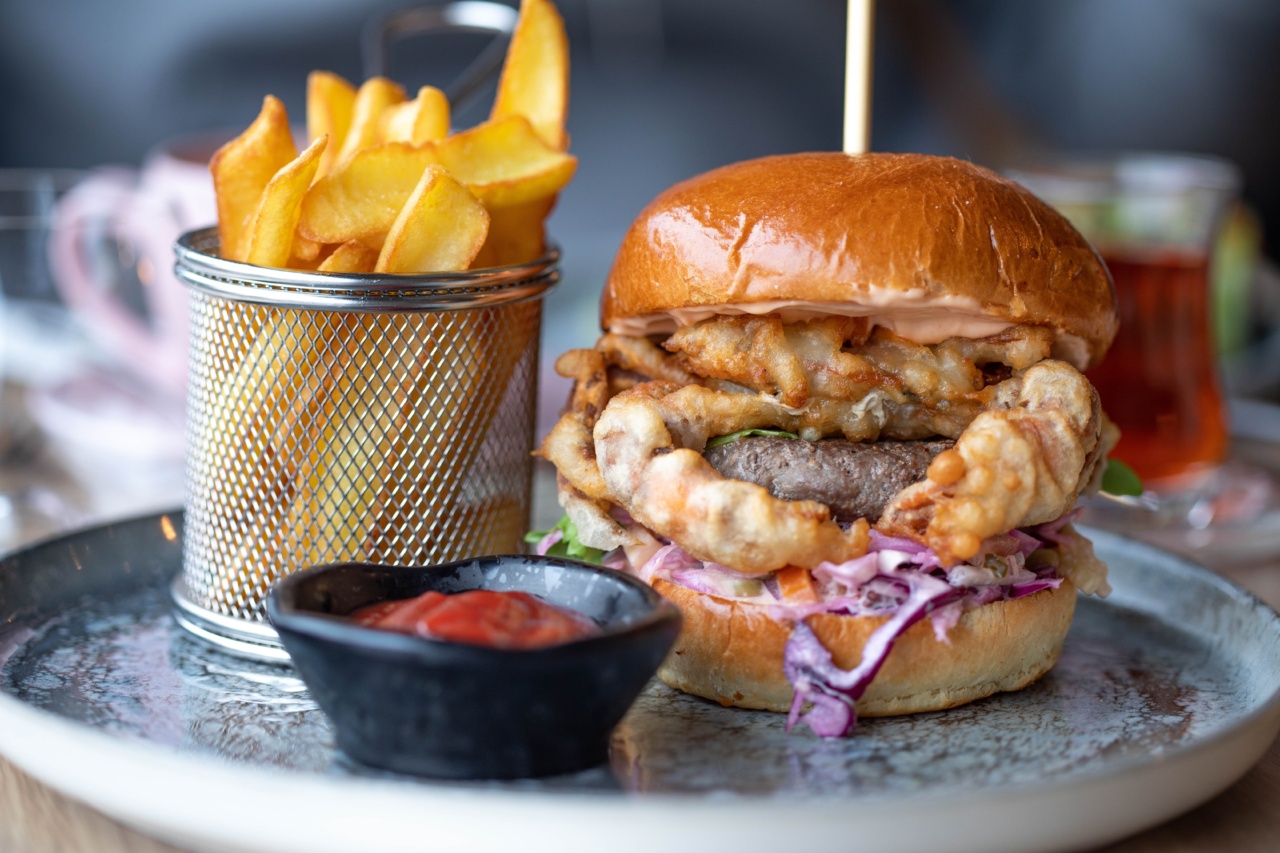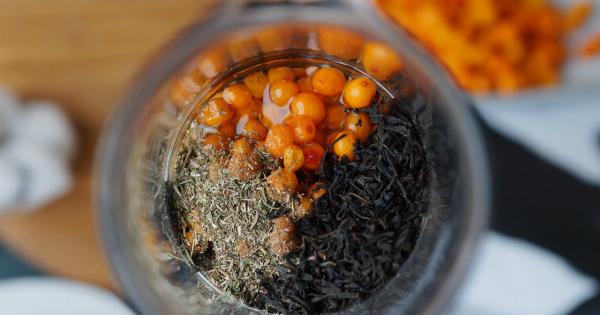There is growing evidence that suggests a relationship between diet and the development of breast cancer.
While various factors, such as genetics and hormonal imbalances, contribute to breast cancer susceptibility, research has increasingly focused on the impact of dietary habits on this disease. In recent years, studies have specifically investigated the role of adolescent dietary fat intake and its potential association with breast cancer susceptibility in later life.
This article aims to explore the existing evidence and shed light on the significance of adolescent dietary fat intake in breast cancer risk.
1. Adolescence and Breast Cancer:
Adolescence is a critical period for breast development, making it a potentially vulnerable time for the initiation of breast cancer.
The mammary gland undergoes significant physiological changes during this stage, rendering it susceptible to both endogenous and exogenous factors. Adolescence represents a crucial window of opportunity for interventions and preventive measures that could influence breast cancer risk later in life.
2. Dietary Fat Intake and Breast Cancer:
Research on the relationship between dietary fat intake and breast cancer risk has yielded mixed results. Historically, it was believed that a high-fat diet increased the likelihood of developing breast cancer.
However, recent studies have challenged this view, suggesting that the type of fat consumed may be more important than the total amount.
3. Types of Fats:
There are different types of fats, including saturated fats, unsaturated fats, and trans fats. Saturated fats, commonly found in animal products and processed foods, have traditionally been associated with increased breast cancer risk.
On the other hand, unsaturated fats, especially monounsaturated fats found in olive oil and avocados, have been linked to a lower risk of breast cancer. Trans fats, often present in processed and fried foods, have consistently been associated with an increased risk of various diseases, including breast cancer.
4. Adolescent Dietary Fat Intake and Breast Cancer Risk:
Several studies have investigated the correlation between adolescent dietary fat intake and breast cancer susceptibility. A study conducted by Smith et al.
(2018) found that higher intakes of saturated fats during adolescence were associated with an increased risk of premenopausal breast cancer. Conversely, higher intakes of monounsaturated fats were associated with a lower risk. These findings suggest that modifying fat intake during adolescence may influence breast cancer risk in adulthood.
5. Biological Mechanisms:
The precise biological mechanisms through which adolescent dietary fat intake influences breast cancer susceptibility are not yet fully understood.
However, it is believed that dietary fat intake during adolescence may affect hormonal changes, insulin sensitivity, and inflammation, all of which play a role in breast cancer initiation and promotion. Further research is needed to elucidate these mechanisms and provide a deeper understanding of the link between adolescent dietary fat intake and breast cancer risk.
6. Public Health Implications:
The findings related to the impact of adolescent dietary fat intake on breast cancer risk have important public health implications.
Interventions aimed at promoting healthier eating habits during adolescence could potentially reduce breast cancer incidence later in life. Public health strategies should focus on educating adolescents about the importance of a balanced diet and the inclusion of healthy fats while limiting the consumption of saturated and trans fats.
7. Conclusion:
While the relationship between adolescent dietary fat intake and breast cancer susceptibility requires further investigation, existing evidence suggests that fat consumption during adolescence may influence breast cancer risk.
Adoption of a healthy eating pattern during this critical phase of development could have long-term benefits for breast health. However, it is crucial to consider other lifestyle factors, genetic predisposition, and overall dietary patterns when addressing breast cancer risk.
As our knowledge expands, it is expected that interventions will be developed to specifically target dietary habits during adolescence for breast cancer prevention.




























